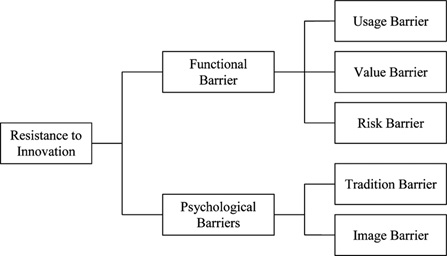Attachment-Theory

Attachment Theory
Acronym
N/A
Alternate name(s)
N/A or as applicable
Main dependent construct(s)/factor(s)
Enlist one or set of outcome/resultant variable, as applicable
Main independent construct(s)/factor(s)
Enlist one or set of trigger/initiating variable, as applicable
Concise description of theory
Attachment theory posits that the quality of attachment between the parent and the child can influence the child’s behaviour. The quality of the parent–child attachment is characterized by three broad dimensions: (1) degree of parental understanding and mutual trust; (2) extent and quality of communication with parents; and (3) extent of anger and alienation from parents. In IS , this theory has been used in the context of studying internet addiction in children
Generic context
Explain in brief about the generic context and make use of bulleted points if needed
- First point
- Second point
- Nth point
‘Information Systems’ context
Explain in brief on how this theory is relevant to IS context and make use of bulleted points if needed.
- First point
- Second point
- Nth point
Write a summarized line
.
Diagram/schematic of theory
(enlist your one or two figure as applicable)
- Figure 1: Types of Invocation Resistance (Source: Ram, S. and Sheth, J.N. 1989)
.
Originating author(s)
- J Bowlby, Mary Ainsworth
Seminal article(s)
- Bowlby, J. (1944). Forty-four juvenile thieves: Their characters and home-life. The international journal of psycho-analysis, 25, 19.
Originating area
Psychology
Level of analysis
Individual
Links from this theory to other theories
Key References Outside IS Research Area
IS articles that use the theory
- 1. Venkatesh, V., Sykes, T., Chan, F. K., Thong, J. Y., & Hu, P. J. (2019). Children's Internet addiction, family-to-work conflict, and job outcomes: a study of parent-child dyads. MIS quarterly, 43(3), 903-927. 2. Kanan, N., Arokiasamy, L., & Ismail, M. R. bin. (2018). A study on Parenting Styles and Parental Attachment in Overcoming Internet Addiction among Children. SHS Web of Conferences, 56, 02002. https://doi.org/10.1051/shsconf/20185602002 3. Kim, E., Cho, I., & Kim, E. J. (2017). Structural equation model of smartphone addiction based on adult attachment theory: Mediating effects of loneliness and depression. Asian nursing research, 11(2), 92-97.
External links
Contributor(s)
Shalini Upadhyay
Date last updated
29-03-2023
Please feel free to make modifications to this site. In order to do so, you must register.
